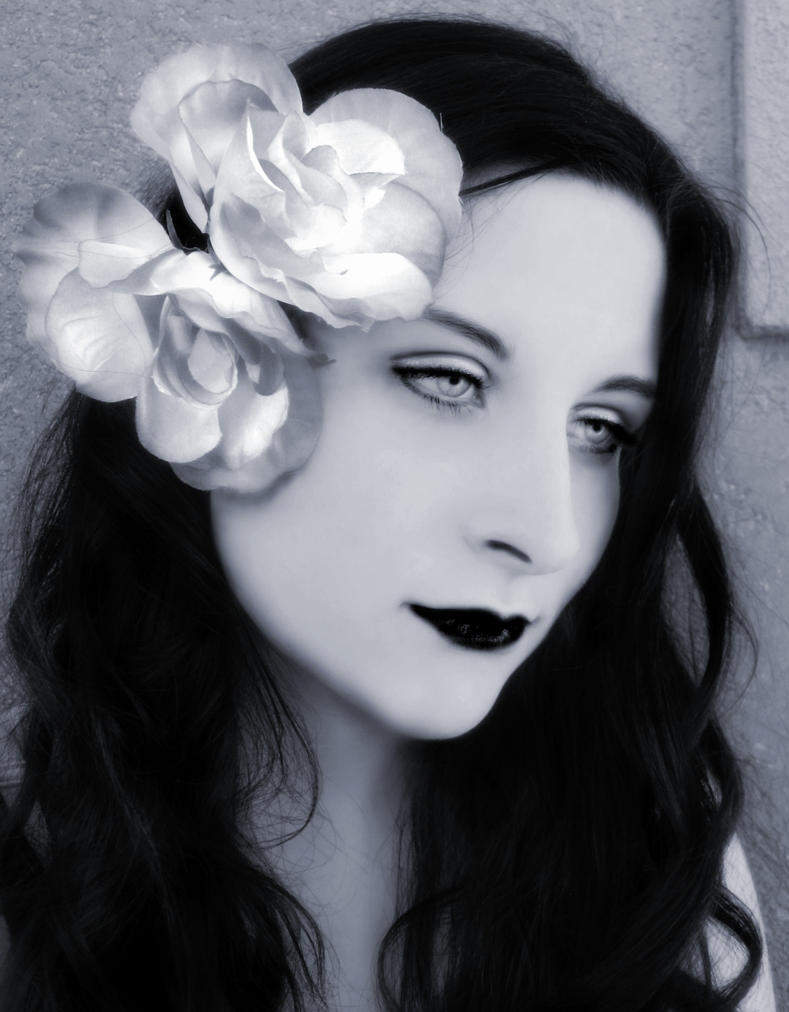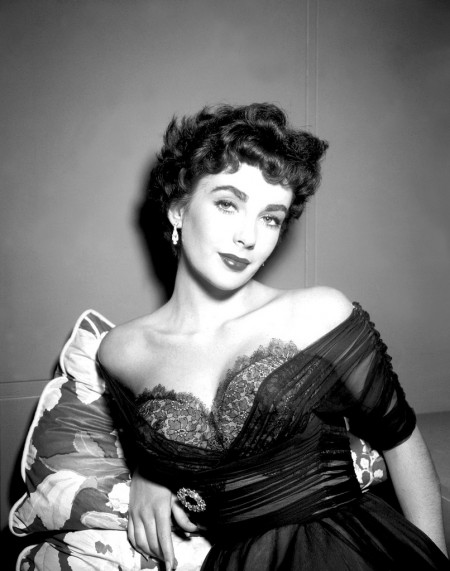Source(google.com.pk)
 Old
Old Hollywood Actresses Names
 Old
Old Hollywood Actresses Names
 Old
Old Hollywood Actresses Names
 Old
Old Hollywood Actresses Names
 Old
Old Hollywood Actresses Names
 Old
Old Hollywood Actresses Names
 Old
Old Hollywood Actresses Names
 Old
Old Hollywood Actresses Names
 Old
Old Hollywood Actresses Names
 Old
Old Hollywood Actresses Names
 Old
Old Hollywood Actresses Names
 Old
Old Hollywood Actresses Names
Old Hollywood Actresses
Names Biography
Sylvia Sidney was born in New York City, in the Bronx borough, on August 8, 1910 with the birth name of Sophia Kosow. Her father was Russian born and mother born in Rumania. They divorced not long after her birth. Her mother subsequently remarried and Sylvia was adopted by her stepfather, Sigmund Sidney. Sylvia was a shy child and her parents tried to encourage her to be more outgoing and gregarious. As an early teen, Sylvia had decided that she wanted a stage career. While most parents would have looked down on such an announcement, Sylvia's encouraged her to pursue the dream she had made. She was enrolled in the Theater Guild's School for Acting. Sylvia later admitted that when she decided to become a stage actress at 15, it wasn't being starstruck that occurred to her, but the expression of beauty that encompassed acting. All she wanted was to be identified with good productions. One school production was held at a Broadway theater and in the audience was a critic for the New York Times who had nothing but rave reviews for the young Miss Sidney. On the strength of her performance in New York, Sylvia appeared in a play at the famed Poli Theater in Washington, D.C. More stage productions followed, each better than the last and it wasn't long before the film moguls were at the doorstep. Sylvia was appearing in the stage production of "Crime" when she made her first appearance on the silver screen in 1927. The film in question was "Broadway Nights" which was dealt with stage personalities of which Sylvia was one. After the film she returned to the stage where she appeared in creations which were, for the most part, forgettable.
With the plays drying up, Sylvia moved to Colorado to tour with a stock company. She later returned to Broadway for a series of other plays. By 1929, Sylvia was on the big screen with "The Different Eyes" as Valerie Briand. There was another film, "Five Minutes From The Station" the following year. Sylvia was slowly leaving the stage for the production studios of Paramount. 1931 saw her appear in five films, of which, "City Streets" made her a star. She was very aware that she was replacing the great Clara Bow, who by now was suffering from severe depression. The contrast between the two actresses was very great indeed and the movie was a hit. The sad-eyed Sylvia made a tremendous impact and her screen career was off a running. Her next film was "Ladies of The Big House" later in '31. Sylvia played Kathleen Storm, part of a couple framed for a murder they didn't commit. The film made huge profits at the box-office. Co-starring with Fredric March, she then made "Merrilly We Go To Hell" in 1932. The results of the film was, again, an unqualified success. Later she made "Madame Butterfly" as geisha girl, Cho-Cho San. Here she played in one of the worst productions to date. Most critics agreed that Miss Sidney's performance saved the film from total disaster. In 1933, Sylvia starred in "Jeannie Gerhardt" in the role of the same name. Yet another doom and gloom picture, she played a girl beset with poverty and the death of her young husband before their child could be born. This turned out to be one fine performance and one fine motion picture. Sylvia received the star spotlight in 1934's "Good Dame". Despite her grand performance, the film failed miserably at the box-office, due in part to the miscast of co-star Fredric March. Sylvia scored big with the film critics with "Mary Burns", "Fugitive" (1935). Here she played a law abiding restaurant owner who falls for a big time gangster. Her performance was overshadowed by the appearance of Alan Baxter who gave an outstanding portrayal as the gangster. That film was quickly followed by "Accent On Youth" where she played Linda Brown, a young lady who was fascinated by older men. In 1938, Sylvia played in "You and Me" opposite George Raft. The film critics gave it mixed reviews and because of that it didn't do well at the box-office. Afterwards, the roles began to dissipate. Sylvia filmed "One Third of a Nation" and then wasn't seen again until "The Wagons Roll at Night"(1941).
There was a four year hiatus before "Blood On The Sun". In 1946, Sylvia starred in "The Searching Wind" where she played Cassie Bowman. The movie was based on a Broadway play but it just didn't transfer well onto the big screen. The film was widely considered to be too serious and flopped with the movie fans. After 1947's "Love From A Stranger" she didn't appear again until "Les Miserables" in 1952. Only three more films followed that decade. There were no films throughout the 1960s. After appearing in a made for television movie, Sylvia returned to the big screen in "Summer Wishes, Winter Dreams". With a few movie appearances, here and there, she appeared in several made for TV flicks. In 1988, she appeared as Juno in the mega hit "Beetlejuice". Her last film for the silver screen was "Mars Attacks"! in 1996. In 1998 she was Clia in the TV series "Fantasy Island". Sylvia died on July 1, 1999, of throat cancer. To the end, she proved to be a very adept actress.
IMDb Mini Biography By: lawoman80s
Mini Biography
"Film after film took advantage of the saddest eyes in Hollywood", says the photo caption for a portrait of Sylvia Sidney published with a 1978 interview conducted by Columbia University film instructor Karyn Kay. Sidney told what it was like working with Hitchcock on Sabotage (1936). She asked him: "How do we do the end of the scene before we've even rehearsed?" Once she learned his methods, she stopped asking questions. "Give him what he needs". In The Searching Wind (1946), Sidney played a newspaper reporter with convictions who was the alter ego of playwright Lillian Hellman. It was Hellman's play and she also wrote the film script. Sidney prided herself on simply playing "the writer's character."
Mary Astor was born, Lucile Vasconcellos Langhanke, on May 3, 1906 in Quincy, Illinois to a German immigrant father, Otto Ludwig Langhanke, and an American mother from Illinois, Helen Marie Vasconcellos, of Portuguese and Irish ancestry. Her parents were very ambitious for her as they recognized Mary's beauty and knowing if they played their cards right, they could make her famous. They understood that they wanted something better for their daughter than they had, so they made it happen by pushing Mary into various beauty contests. Luck was with Mary and her parents because one contest came to the attention of Hollywood moguls who signed her at the age of 14. Her first movie was a bit part in The Scarecrow (1920). It wasn't much, but it was a start. Throughout 1921-1923 she continued her career with bit or minor roles in a number of motion pictures. In 1924, Mary landed a plum assignment with a role as Lady Margery Alvaney opposite the great John Barrymore in the film Beau Brummel (1924). This launched her career to stardom as it did with a lively affair with Barrymore. However the affair ended before she could star with him again in the classic Don Juan (1926). Mary was, now, the new cinematic darling with each film packing the theaters. By the end of the twenties, the sound revolution had taken a strong hold on the industry and Mary was one of those lucky actresses who made the successful transition to "talkies" because of her voice and strong screen presence. Mary's career took off to greater heights. Films such as Red Dust (1932), Convention City (1933), Man of Iron (1935), and The Prisoner of Zenda (1937), kept her star at the top. In 1938, Mary turned out five feature films which kept her busy and in the spotlight. Afterwards, she churned out films at a lesser rate. In 1941, she won the Oscar for Best Supporting Actress for her role of Sandra Kovac in The Great Lie (1941). That same year she appeared in the celebrated film The Maltese Falcon (1941), but her star soon began to fall. Because of her three divorces, the death of her first husband, Kenneth Hawks who died in a plane crash, alcoholism, a suicide attempt, and a persistent heart condition, Mary got smaller roles in movies. In the whole of the 1950s she appeared in only five productions. Her final fling with the silver screen was as Jewell Mayhew in Hush...Hush, Sweet Charlotte (1964). Even though this was her final film, she had appeared in a phenomenal 123 motion pictures. Mary lived out her remaining days confined to the Motion Picture Country Home where she died of a heart attack on September 25, 1987 at the age of 81.
Old Hollywood Actresses Names












No comments:
Post a Comment